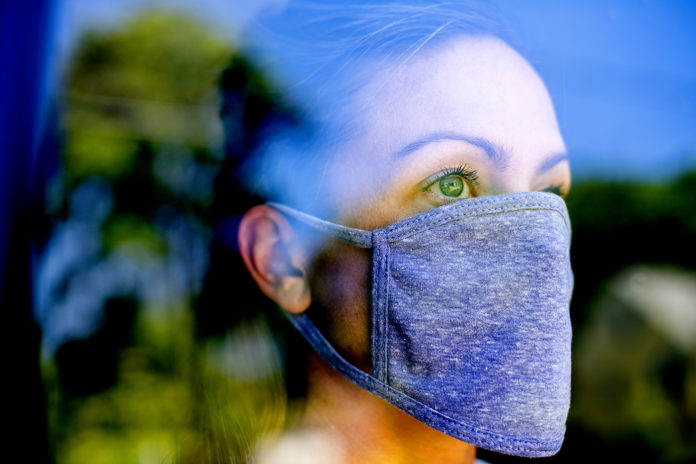
London– Researchers have found that wearing a face mask during vigorous exercise appears to be safe for healthy people.
This suggests that masks could be worn safely to reduce Covid-19 transmission between people visiting an indoor gym.
For the study, published in the European Respiratory Journal, the researchers carried out detailed testing on breathing, heart activity and exercise performance in a small group of people while they were using an exercise bike with and without a mask.
Although they found differences in some measurements between wearing a mask and not wearing a mask, they said that none of their results indicate any risk to health.
The study was by a team of researchers including Dr Elisabetta Salvioni from Centro Cardiologico Monzino, IRCCS, Milan, Italy, and Dr Massimo Mapelli and Professor Piergiuseppe Agostoni from Centro Cardiologico Monzino and the University of Milan.
“We know that the main route of transmission for coronavirus is via droplets in the breath and it’s possible that breathing harder during exercise could facilitate transmission, especially indoors,” said Elisabetta Salvioni from Centro Cardiologico Monzino, IRCCS (Istituto di Ricovero e Cura a Carattere Scientifico), Milan, Italy.
“Research suggests that wearing a mask may help prevent the spread of the disease, but there is no clear evidence on whether masks are safe to wear during vigorous exercise.”
To address this question, the researchers worked with a group of healthy volunteers with an average age of 40.
Each person took part in three rounds of exercise tests: once while not wearing a face mask, once wearing a surgical mask (blue, single-use mask) and once wearing a ‘filtering face piece 2’ or FFP2 mask (white, single use mask believed to offer slightly better protection than a surgical mask).
While the volunteers used an exercise bike, the researchers measured their breathing, heart rate, blood pressure and the levels of oxygen in their blood.
Results of the tests showed that wearing a face mask had a small effect on the volunteers. For example, there was an average reduction of around ten per cent in their ability to perform aerobic exercise.
The results also indicate that this reduction was probably caused by it being slightly harder for the volunteers to breathe in and out through the masks.
The team is now studying the impact of wearing a face mask while carrying out daily activities, such as climbing the stairs or doing housework, in healthy people and those with heart or lung conditions. (IANS)















